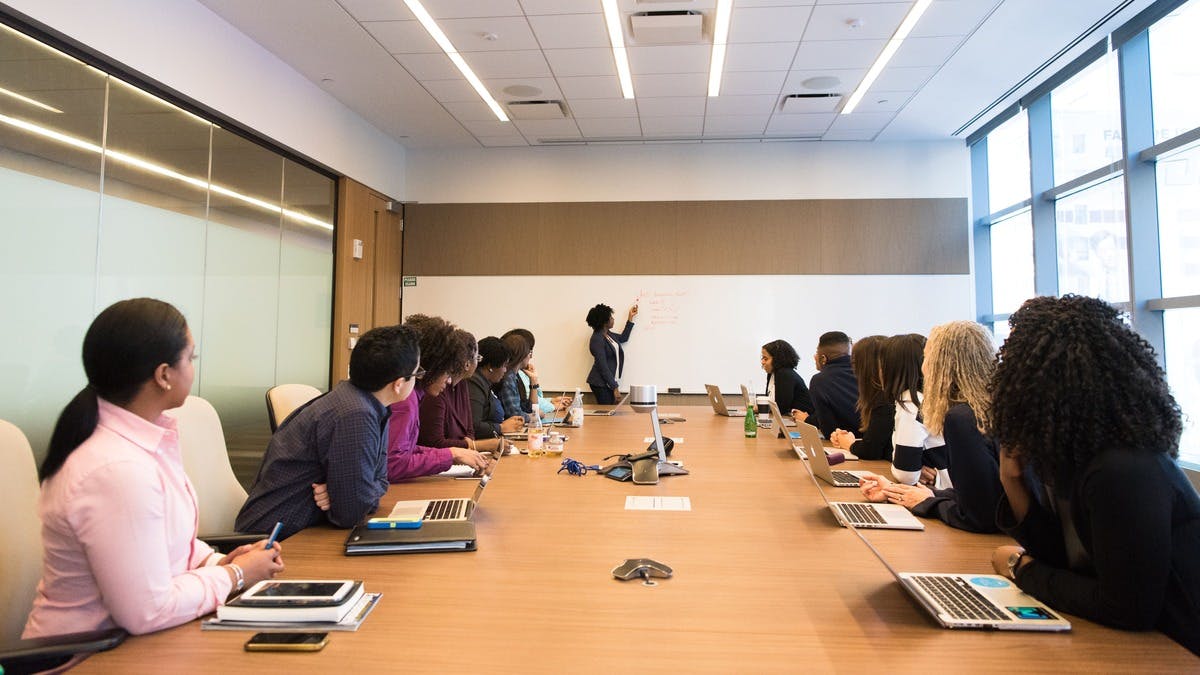Microsoft research reveals Australian workers interrupted every two minutes as meetings after 8pm surge 16% year-on-year.
What’s happening: Microsoft’s 2025 Work Trend Index reveals that employees using Microsoft 365 are interrupted every two minutes on average, with 48% of employees and 52% of leaders describing work as “chaotic and fragmented”. The findings come as Australia continues grappling with declining productivity growth rates.
Why this matters: Australia’s long-term labour productivity growth has slowed significantly, with the 20-year average annual growth rate falling from 1.8% in 2003-04 to just 0.9% in 2022-23. As the federal government prioritises productivity at recent Economic Reform Roundtables, workplace efficiency solutions become increasingly critical for national economic performance.
Australian workers are drowning in an ocean of interruptions, meetings, and notifications that stretch far beyond traditional business hours. New research from Microsoft shows employees are interrupted by a meeting, email or ping every two minutes on average, while after-hours work communication has exploded.
The scale of workplace disruption is staggering. Microsoft’s 2025 Work Trend Index, which surveyed 31,000 knowledge workers worldwide, found that 48% of employees and 52% of leaders describe their work as “chaotic and fragmented”. The typical workday now extends well beyond 9am to 5pm, with meetings after 8pm increasing 16% year-on-year. The average employee sends or receives over 50 messages outside core business hours.
The interruption epidemic
The constant barrage of digital interruptions is taking a significant toll on productivity and wellbeing. While 53% of leaders acknowledge the need for increased productivity, 80% of the global workforce reports lacking the time or energy to meet rising expectations.
In Australia, the problem is compounded by broader productivity challenges. With effectively no growth in overall productivity in 2023-24, Australia’s productivity engine has not properly restarted after the pandemic, with the country banking only 2.3% of total productivity gains.
Research from Economist Impact and Dropbox reveals the human cost of this fragmented work environment: the average Australian employee loses 600 hours each year due to lost focus. Meanwhile, Aetna International data shows that 66% of global workers report their remote work setup negatively affects their performance.
Australia’s productivity puzzle
The workplace chaos documented by Microsoft aligns with concerning trends in Australian economic performance. Productivity growth, currently at 0.5% over the last year, would need to quadruple to around 2% annually by 2030 just to match performance from the previous decade.
This productivity challenge has captured government attention, with the issue featuring prominently at the federal government’s recent Economic Reform Roundtable. The intersection of workplace technology, employee wellbeing, and national economic performance has never been more critical.
“Boosting national productivity is a collective effort, and it starts with empowering every Australian worker with the tools and strategies they need to succeed,” said Sean Byrne, Head of Logitech for Business ANZ.
Hybrid-first solutions
Addressing the infinite workday requires strategic thinking about where and how work gets done most effectively. Byrne emphasises that understanding where teams perform best, whether in the office, at home, or through hybrid arrangements, is crucial for productivity gains.
“Adopting a hybrid approach doesn’t mean sacrificing work-life balance either,” he explained. “With the infinite workday often blurring the lines between work and personal time, it’s vital to maintain clear boundaries regardless of what work environment you’re in.”
The technology supporting these work arrangements plays a critical role. Byrne argues that investing in proper workspace technology, from ergonomic peripherals to AI-powered headsets, can deliver significant efficiency gains.
“The conversation around boosting productivity doesn’t need to be overcomplicated. It could be as simple as deploying AI-powered headsets that reduce unwanted noise and enable clearer audio in loud environments,” he said. “Straightforward yet smart changes to our daily workspace can deliver significant gains in efficiency, comfort and overall wellbeing.”
Meeting reform imperative
Virtual meetings have become a particular pain point in the hybrid work era. Research from COS discovered that two-thirds of Australian employees lose nearly three work hours each week to unproductive meetings, totalling nearly four full working weeks annually.
The solution, according to workplace experts, lies in fundamental meeting reform. Byrne advocates for clear agendas, reduced multitasking, and shorter meetings with fewer participants to enhance performance and combat video meeting fatigue.
“Unproductive meetings can spur on the infinite workday, leading to meeting overload and employee burnout. Business leaders must ensure that when meetings occur, they are purposeful, efficient and genuinely achieve an outcome, rather than consuming valuable time,” he explained.
This meeting reform becomes even more critical given the surge in after-hours meetings. The 16% year-on-year increase in meetings after 8pm suggests that without intentional boundaries and better meeting practices, the infinite workday will continue expanding into personal time.
The challenge facing Australian workplaces is clear: transforming fragmented, interrupt-driven work cultures into focused, productive environments that support both business outcomes and employee wellbeing. With national productivity growth at stake, the solutions to workplace chaos have moved from nice-to-have productivity tips to economic imperatives.
Sources: Microsoft 2025 Work Trend Index, Australian Bureau of Statistics productivity data, Aetna International, Economist Impact and Dropbox research, COS research
Related: Technology solutions for hybrid workforces | Australian productivity challenges and solutions

